General interest in creative filters used at the camera is rare these days, mostly because most of these filter effects can be applied in post-processing. At the same time, the quality of straight out-of-camera JPEGs continues to improve and a substantial group of image creators do not want to spend time in the digital darkroom. They’re looking for photos that are ready to go, so they can share them in real time via smartphone connections.
Beyond Polarizer and Neutral Density Filters
I’ve written in the past on the value of polarizing filters and neutral density filters. In this article I want to talk about other filters that are ideal for JPEG shooters who want more creativity in camera.
Creative Filter Systems
It used to be that if we wanted to change the feel of an image or focus intent, we would use a screw-on glass filter. Those days are mostly gone and it’s difficult to find a variety of glass screw-on filters these days, other than polarizers and neutral density options. One system that still exists and is very easy to use is the Cokin system, available at your local Henry’s store.
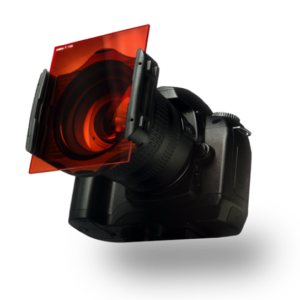
Figure 1 : The Cokin Modular Filter System
The Cokin system is in three pieces. There are the filters themselves, either square or rectangular depending upon the effect being offered, a polymer filter holder, and a lens adapter ring. This adapter ring is a substantial benefit. You buy a single adapter ring for each different filter ring adapter that you need, and the same holder and the same filters then work on everything that you have. You save a lot of money with this route.
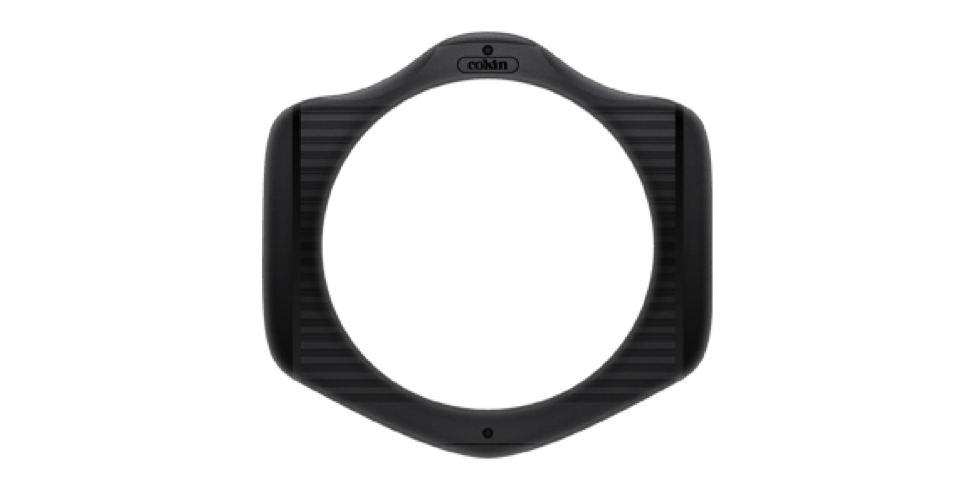
Figure 2 : A Cokin Filter Holder
The Cokin holder system comes in four different sizes. The A size is suitable for self-contained or bridge style cameras, the P size is ideal for most mirrorless and DSLR sized lenses, the Z size is built for lenses that take very large filter mounts up to 72mm and the X Pro series are designed for full frame lenses with integrated hoods and for medium format lenses. Buy the largest holder that you will need for the largest filter ring that you have.
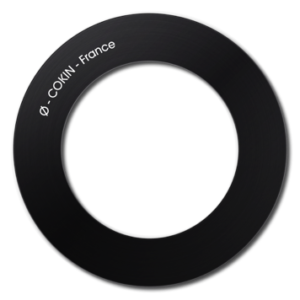
Figure 3 : Cokin Adapter Ring
Next check the filter size for each of your lenses, and order the appropriate mounting ring for your lens and your holder. The rings are quite inexpensive, so having more than one does not break the bank.
The Filters
Now you’re ready to look at filters! One of the most useful in camera filters is the graduated filter. Our premise is no post-processing, and graduates allow you to balance exposures in camera much more easily. The nice thing about graduates is that they can be found in purely a neutral gradation, and also with a colour tinted gradation. You’ve seen potentially hundreds of beach travel images shot with a blue grad and never knew that the work was done entirely in camera.
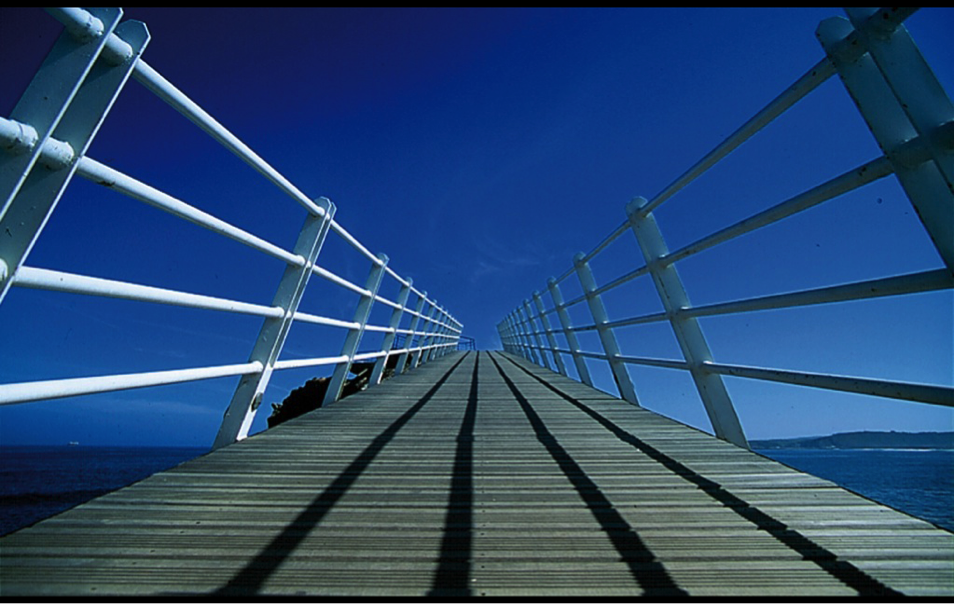
Figure 4 : Graduated Blue Filter
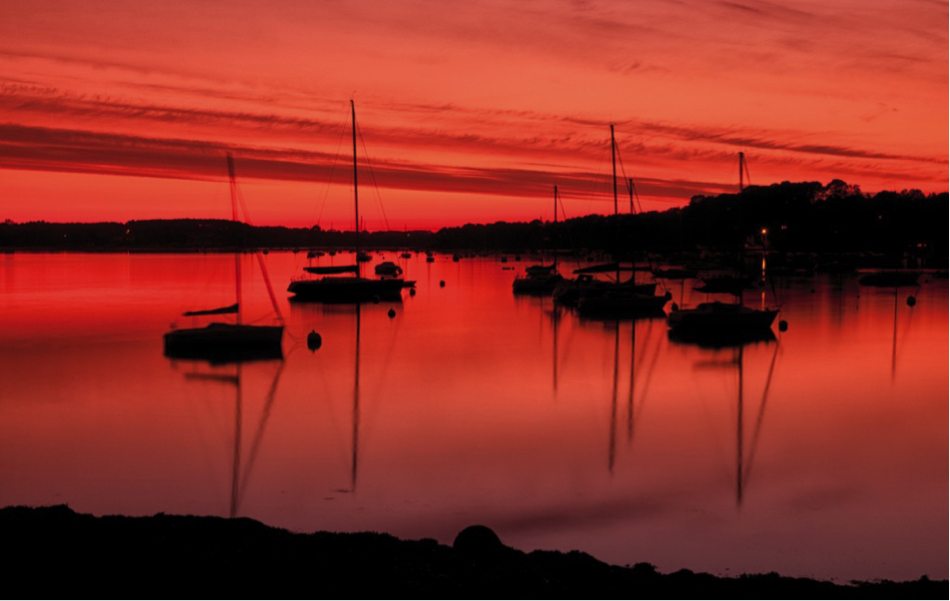
Figure 5: Sunset Graduated Filter
All filters are sized to match the holder, using the same letter indicator, so getting the right sized filters is easy.
Conversion filters are also very useful. We don’t need them so much to fix white balance anymore, but use them to cool down scenes and to warm up skin tones. I like the 81A for skin tones myself, it’s a perfect warming filter for people and florals.
Also popular are diffusion filters. While they will fight with your autofocus systems, they can add a nice softness and ethereal feel to portraits and wedding style shots. In addition to these there are numerous special effect style filters available, such as Stars (which turn pinpoint lights into star effects), split focus, and dreams.
The nice thing about a system is that you only buy a filter once and can use it on all your lenses, and you are also not tying yourself to a dedicated lens.
For creative folks, who are not interested in spending a lot of time in the digital darkroom, a system such as the Cokin Creative+ system is an ideal way to get darkroom flexibility made right in the camera.
Until next time, peace.
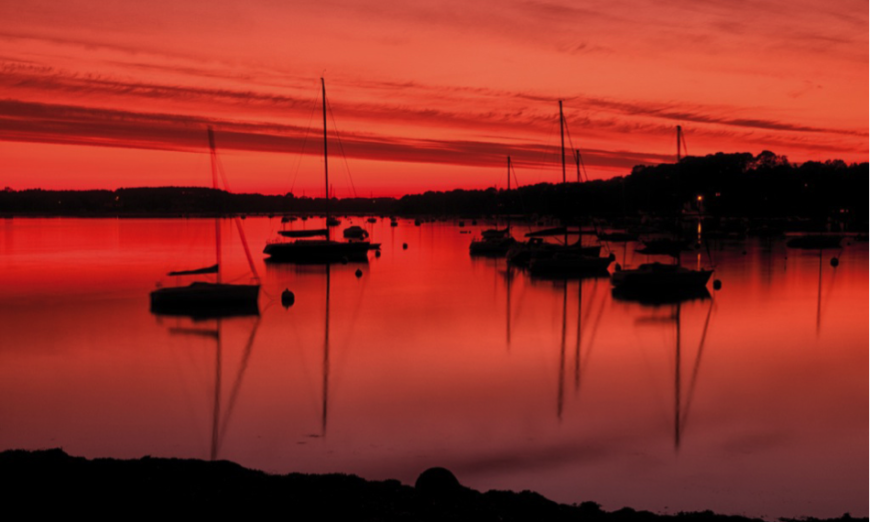
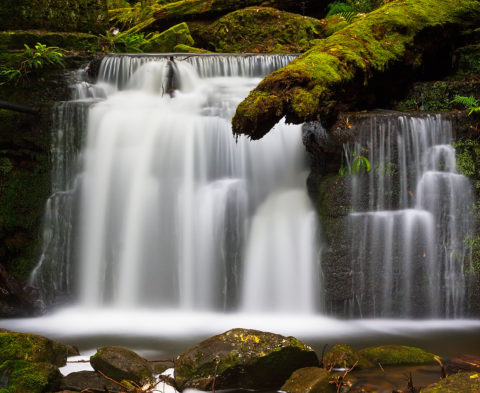
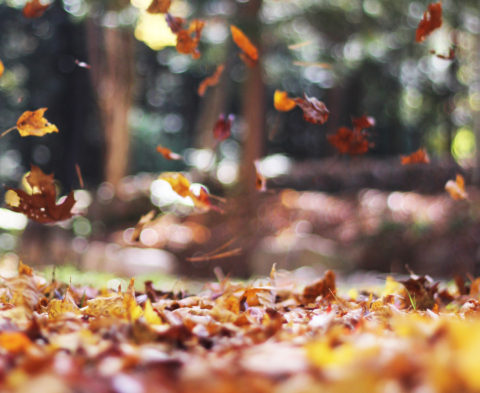
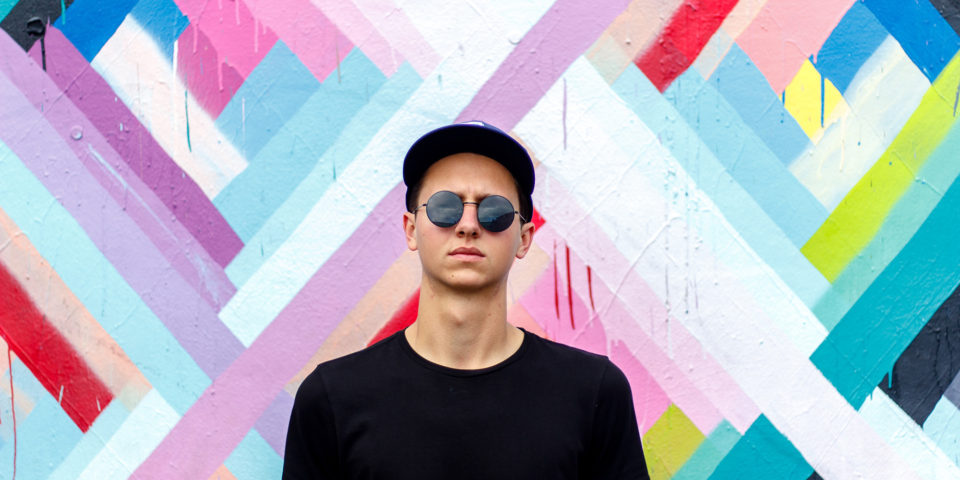
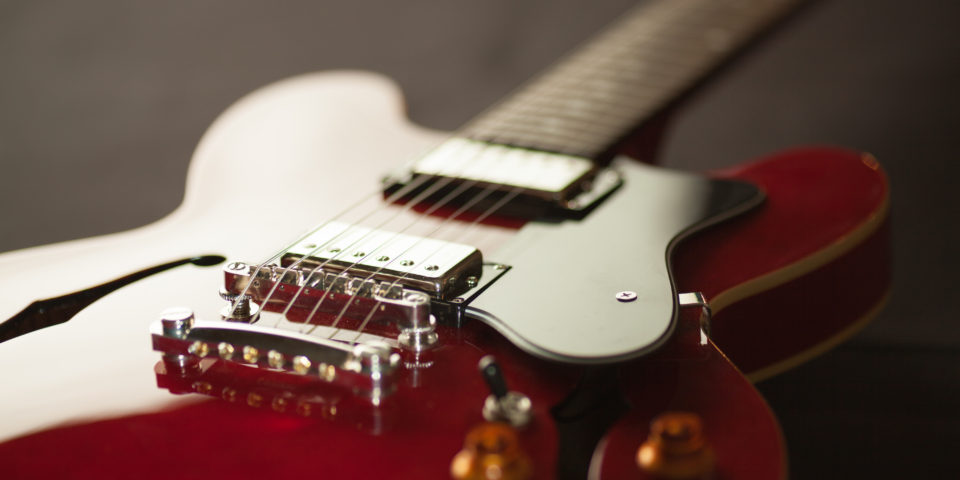
COMMENTS (2)
Pingback: Two Filters Every Serious Photographer Must Have | Photography and video news, reviews and tips | Henry's Camera
Pingback: Pro Tip: Neutral Density Filters for Stills and Video | Photography and video news, reviews and tips | Henry's Camera